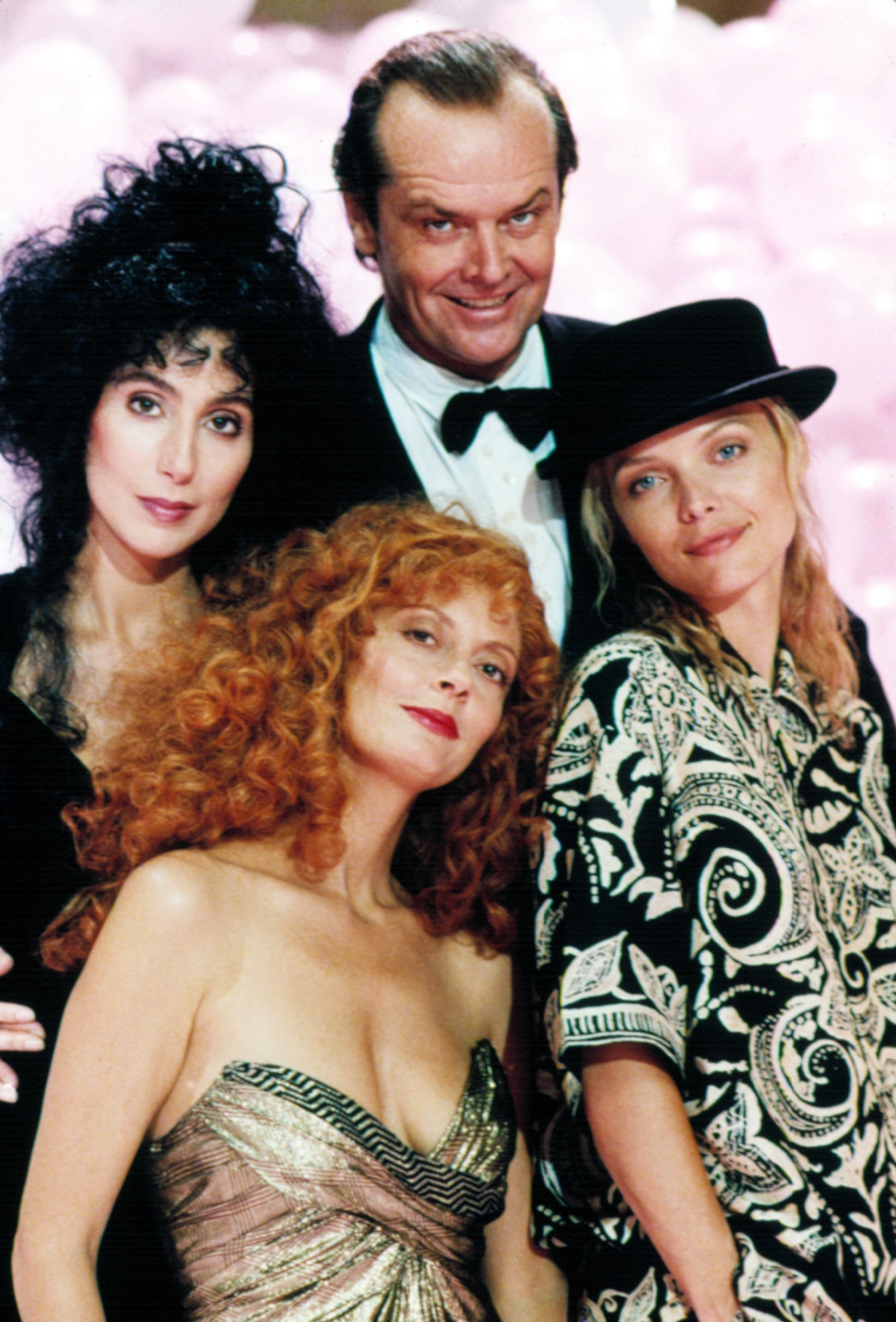Once Jodie Foster and Michelle Pfeiffer dropped out, Becky Pollack, the studio executive at Pathé Entertainment, could have made a full-time job out of fielding calls from actresses’ agents. They told her Cybill Shepherd was interested. So were Daryl Hannah, Kelly Lynch, Rebecca De Mornay, Ellen Barkin, Theresa Russell, Nancy Travis, and Madeline Stowe. Michelle Pfeiffer would become available again if the production could wait until the following July. Meg Ryan would do it in June. Kim Basinger, Kathleen Turner, and Andie MacDowell would open up in August. So would Julia Roberts, who would outshine them all the next year as the lead in the enormous hit Pretty Woman, inhabiting Hollywood’s favorite female character, a prostitute. Most of the actresses coveted the arguably showier Thelma role. Oh… and Geena Davis. Files from Pathé note that her agent insisted she would play either part whenever, wherever. If all this happened in a movie, it would be called a catfight.
“Instead, it created a firestorm,” Becky Pollack says. And it generated a lot of drama around town as agents tried to poach clients from other agencies by slipping them the script, as in “He didn’t get you a hearing on Thelma & Louise, but I did.”
Videos by VICE
Laddie, the studio chief who had previously worked on Alien, yearned for Ridley to cast Cher, who was also interested. She had scored an Oscar and box-office success by playing a shy bookkeeper who found love in Moonstruck. “Cher could have been quite good, I think,” Laddie says. “She could have played either part.” But Ridley didn’t think she would bring the humor he saw in the script.
Read more: Alien Is Sci-Fi’s Most Feminist Movie Franchise
Then Laddie got a call that trumped them all. Meryl Streep and Goldie Hawn invited themselves to Pathé, together, to pitch themselves for Thelma and Louise. They didn’t have their agents make the call; they did it themselves. No one would have expected the two friends, box-office champs and Oscar winners, to campaign for parts, but they showed up prepared to kill. “To sit in a meeting with Meryl Streep and Goldie Hawn was spectacular,” says Becky. “They were enthusiastic and adorable and smart.”

Susan Sarandon on Witches of Eastwick: Courtesy Everett Collection
The discussion was vigorous, especially when it came to the ending, which gave the stars some trepidation. They didn’t lobby to change it, necessarily, but they toyed with alternatives, like an escape to Mexico, for instance. Streep suggested it might work if her character, Louise, pushed Thelma out of the car at the last moment, saving at least the life of the one friend who hadn’t committed murder.
Laddie was smitten, eager to capitalize on the oomph of such A-plus-plus-list stars. “I think that Meryl could do anything,” he says. As for Goldie, “it would have been more of a comedic turn. When you think about it, it’s a very dark movie, it’s not a happy piece of fluff, which was how Goldie was thought of at the time. But I had worked with her on a number of pictures, and I did dramas with her, too.” He was concerned that with Goldie as a lead, the audience would come in with false expectations of lighter material, but still he suggested that Ridley set up meetings with them both.
For More Stories Like This, Sign Up for Our News
That two such prominent stars were willing to get out there and hustle for the parts spoke volumes about the dearth of substantial female roles. Meryl had dazzled Hollywood with her technical mastery since she’d made the leap from Shakespeare on the stage to Oscar wins for Kramer vs. Kramer in 1980 and Sophie’s Choice in 1983. She had the classy feminine lead thing down, although some directors groused that her off-center beauty and all those proficient accents in her early roles limited her sex appeal. Silkwood (1983) and Out of Africa (1985) burnished her sterling reputation, but by age forty in 1989, she was reaching a difficult phase. She’d taken on some middling comedies like She-Devil, and she said, “Every actress will tell you they have maybe two things per year that they can possibly stand to put themselves into.”
Goldie had pulled off a loopier but still stellar course. She’d won a supporting Oscar in 1970 for her first movie role as a giggly girlfriend in Cactus Flower. In 1981, she made the list of top-ten box-office stars on the strength of the lead in Private Benjamin and went on to headline other popular comedies with infectious, giddy charm. At age forty-four, though, she could no longer count on ingenue roles, and what else was there? Thelma & Louise represented a career-making (or career-saving) opportunity for any actress at the time, from beginner to the most acclaimed.
From OFF THE CLIFF: How the Making of Thelma & Louise Drove Hollywood to the Edge by Becky Aikman, to be published on June 27, 2017 by Penguin Press, an imprint of Penguin Publishing Group, a division of Penguin Random House, LLC. Copyright © 2017 by Rebecca Aikman.




